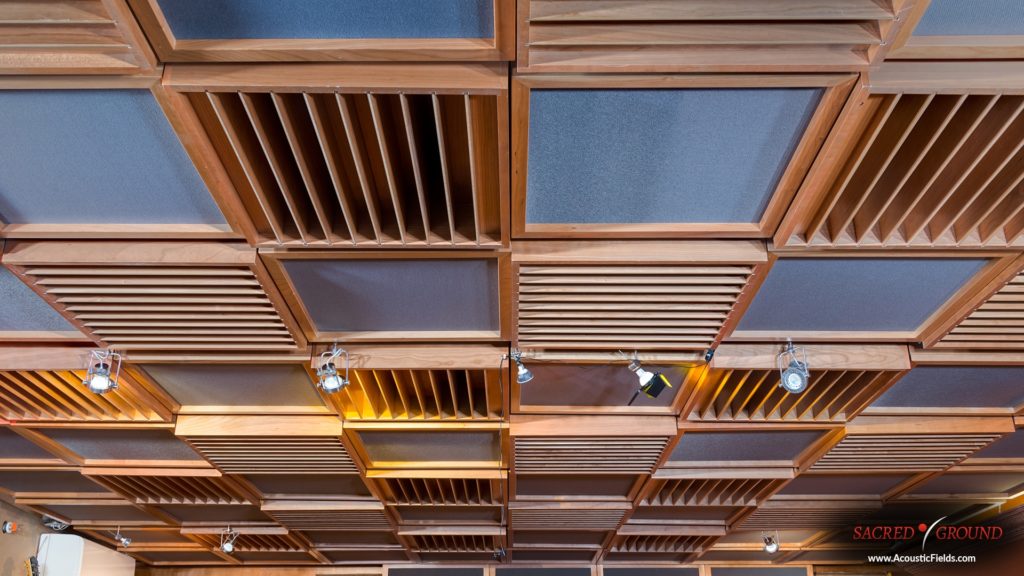
Ceiling acoustics is an overlooked topic of discussion. The ceiling to floor dimension in our rooms is usually the smallest of the three dimensions.Since it is the smallest of the three dimensions, it produces the greatest pressure issues when it comes to lower frequency management. This unwanted low-frequency pressure excites the air between the floor and ceiling and produces room modes Ceiling acoustics must be taken into consideration in any critical listening room not only to manage the low frequency issues but to manage the reflections from the middle and high frequency issues from the ceiling to the DAW or the microphone in a live recording room. In any ceiling acoustics situation, we must look at both the low-frequency pressure issues along with the reflections from the wall surfaces. Each type of issue will require a different treatment type. Low-frequency pressure management is completely different from middle and high frequency reflections. https://en.wikipedia.org/wiki/Room_modes
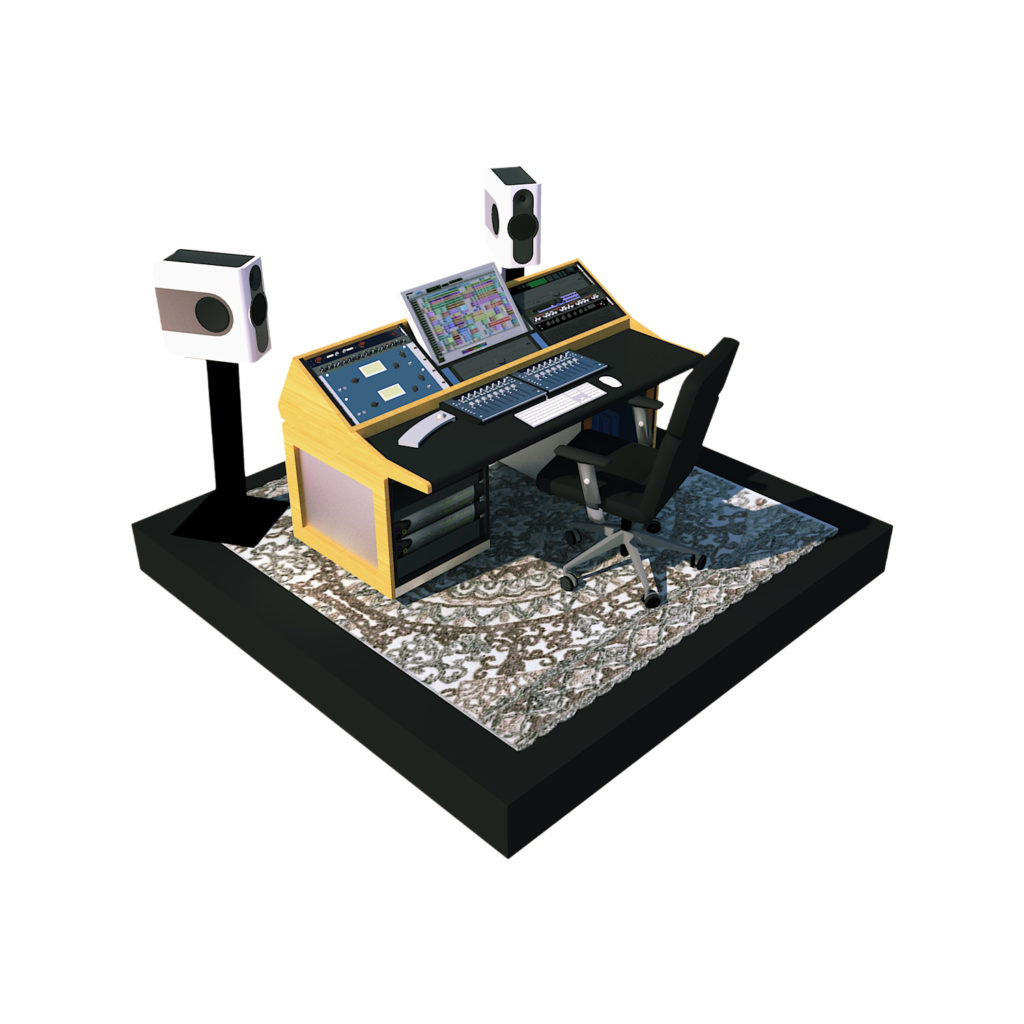
Most ceiling acoustics we see deal with the standard 8′ ceiling heights in most rooms in North America. The 8′ distance produces issues that start at 70 Hz. and that is only the fundamental. We will have 140 and 210 hz. harmonics that will also be impacted. Treating the fundamental pressure, axial mode issue will require diaphragmatic absorption. Unfortunately, diaphragmatic absorption is heavy and will require a special rigging system to support the weight of the diaphragmatic absorption technology. This may or not be a practical solution for your room. If we can not treat the ceiling, we can treat the floor. If your project is a new build, we can build the low-frequency technology into the floor itself. If it is an existing room and we are retrofitting an existing room to solve our lower frequency issues, we can treat the floor. We can use our DAW platform which contains our ACDA-10 technology inside. The ACDA-10 technology is strong and linear from 30 – 300 Hz. The ACDA-10 technology will handle the 70 Hz.fundamental, low frequency issue created by an 8′ ceiling height dimension. It will also address the 140 Hz. and the 210 cycle harmonic issue. It is best when looking for a critical listening room to stay with ceiling heights that exceed 11′. https://www.acousticfields.com/product/daw-platform/
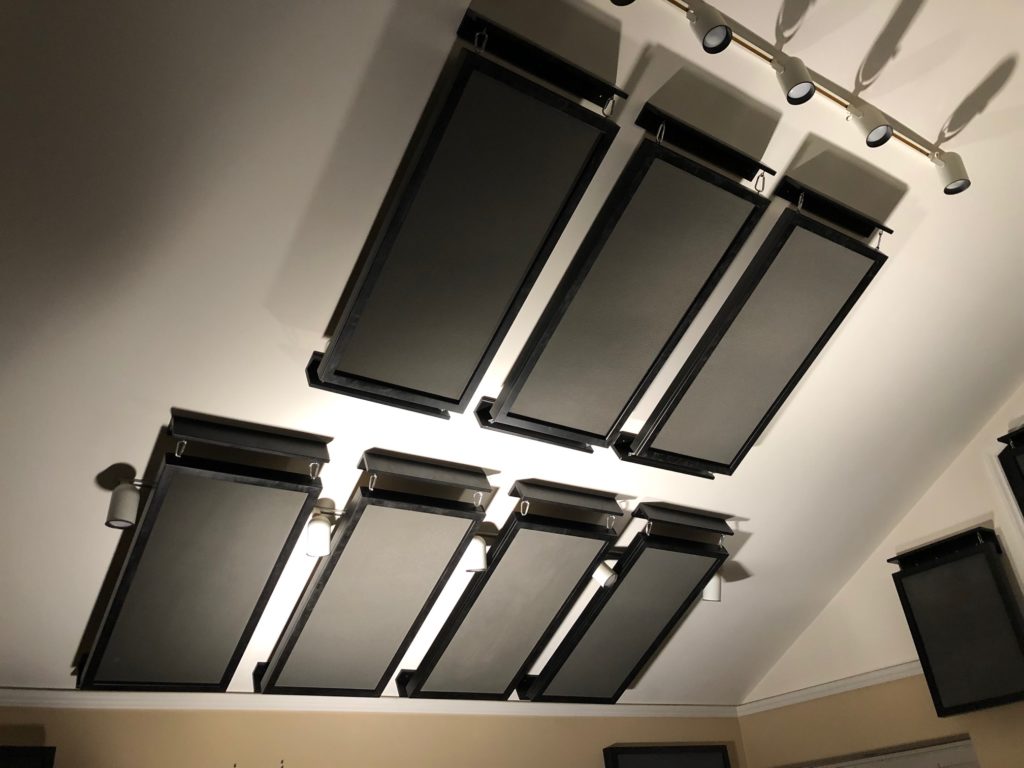
Middle and high frequency reflections are another issue to look at with ceiling acoustics. The easiest and most economical way to treat middle and high frequency reflections from the ceiling is to use an open celled foam technology. You want to choose a foam that has the correct rate and level of absorption for music and voice. Most foams in the marketplace are what we call “noise foams’. Their goal is to absorb as much energy as possible in every square foot of surface area. This is not a wise approach with music and voice. If you use a “noise foam” you will over absorb your music and voice energy and the room will sound too dead or lifeless. Choosing the correct technology for any ceiling acoustics issue is easy using our Studio Pro Foam technology. It took 8 years and over 2M to develop and it has the smoothest, most linear rate and level of absorption of any foam currently in the marketplace. If you examine the graph, you will see the smooth rate and level of absorption from 125 Hz. – 500 Hz. This is the most critical region to get right when dealing with music and voice. Notice how smooth Acoustic Fields foam is compared to the competition. https://www.acousticfields.com/product/acoustic-foam/
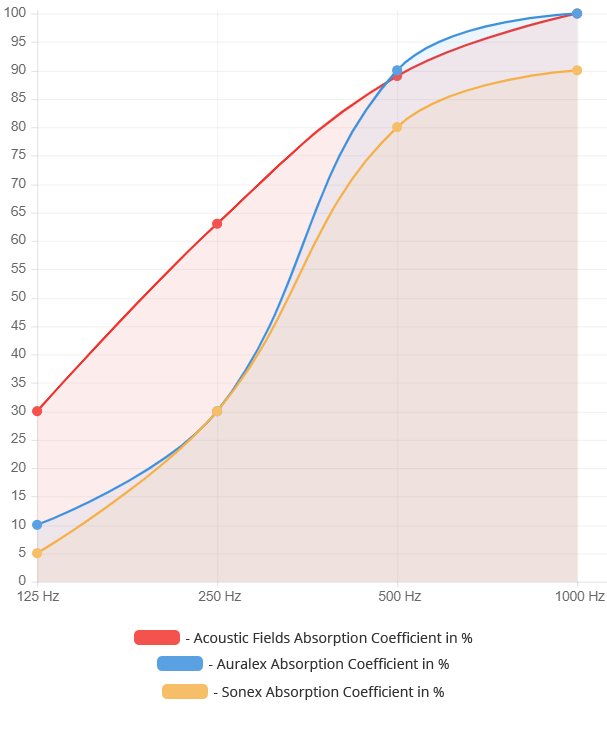
Another issue that is overlooked in the study of ceiling acoustics is the transmission of noise from the room usage up through the ceiling entering the structure above. Noise transmission is an issue for home theaters that are in the basement. Since noise is like water, it will find the weakest link in the structure and go through it. The ceiling to floor construction in most rooms does not have the proper materials to stop or even slow down full frequency range noise. It may be music to your ears inside the room but if the music transmits up through the ceiling into the next floor it can quickly become noise to the other occupants of the structure. Noise transmission must be specially designed for. From an engineering standpoint, we try to increase the density of the ceiling/floor combination of structures to equal or get as close as we can to the concrete basement walls. Since the ceiling/floor structure is the weakest part of the structure, noise will exit right through the existing structure since it will be much more difficult to leave through the concrete walls of a basement. We will need to place a barrier between the noise sources of your room and the living space upstairs. The barrier must be designed to stop the noise frequency and amplitude. https://en.wikipedia.org/wiki/Acoustic_transmission
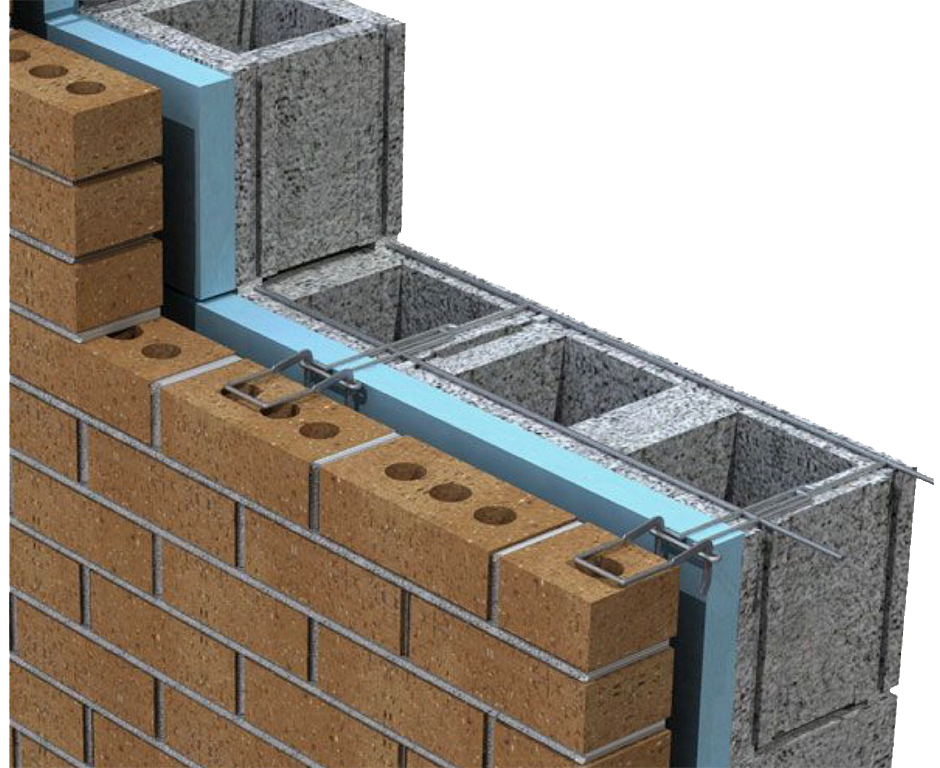
Barrier technology must be designed from scratch. It must match the frequency and amplitude of the noise that is created in the downstairs home theater. The frequency is the Hz. that the energy lives in. Each frequency has a fundamental frequency along with associated harmonics. The energy within the theater will be full range energy compromising low, middle, and high frequencies. It’s the lower frequencies that will give us trouble. Frequencies below 125 Hz. are more difficult to treat than frequencies above 125 hz. Lower frequency transmission is the result of low frequency waves oscillating through the room and pressuring the “box”. Each frequency has an amplitude or strength that can be measured. The lower frequencies usually produce the most problems since their wavelengths are long and tall and they are able to penetrate everything, even the concrete walls. If they can go through concrete, what chance does your existing ceiling have? Just ask the occupants upstairs for the answer. https://en.wikipedia.org/wiki/Acoustic_transmission







